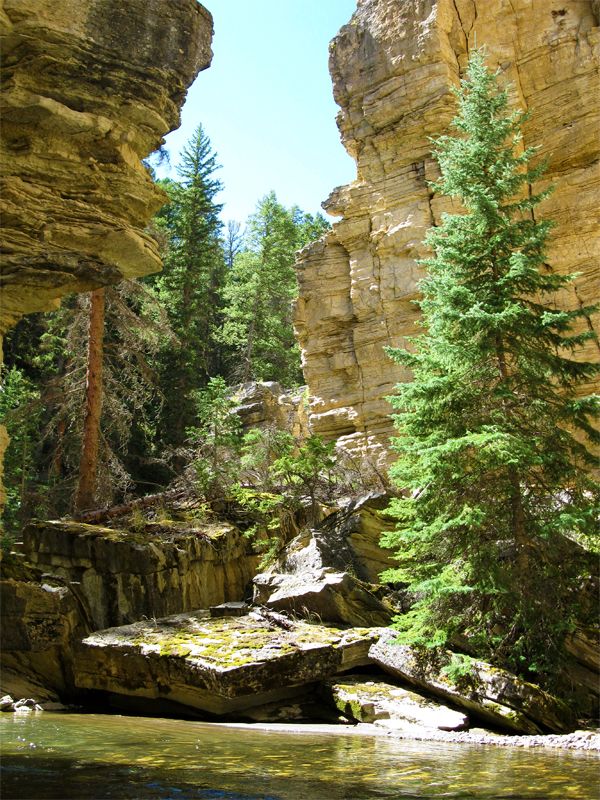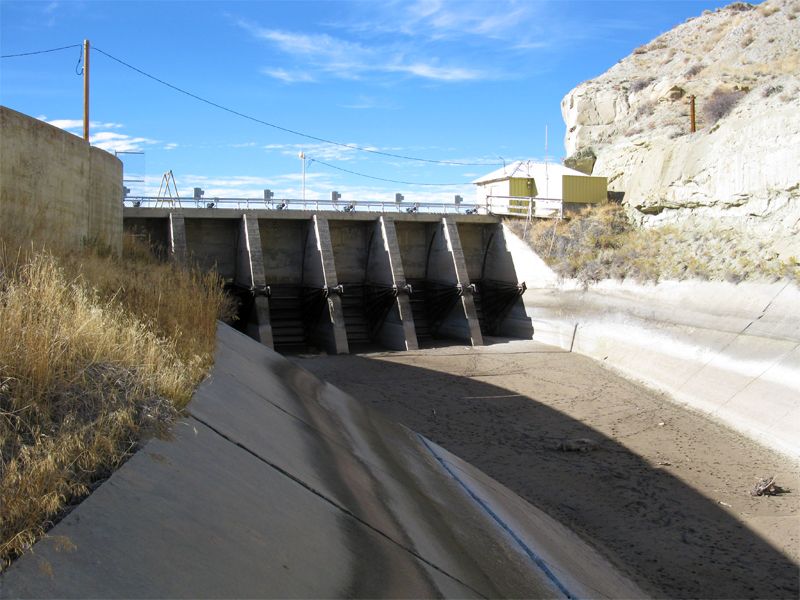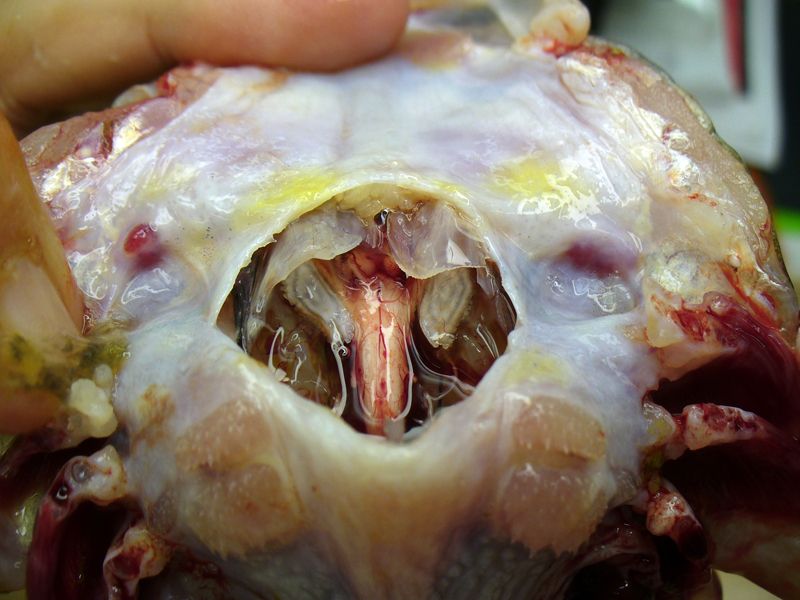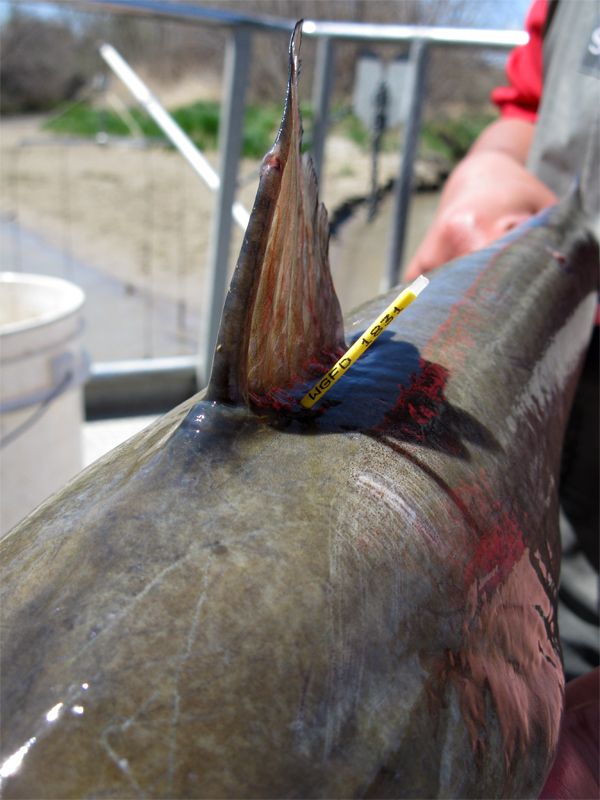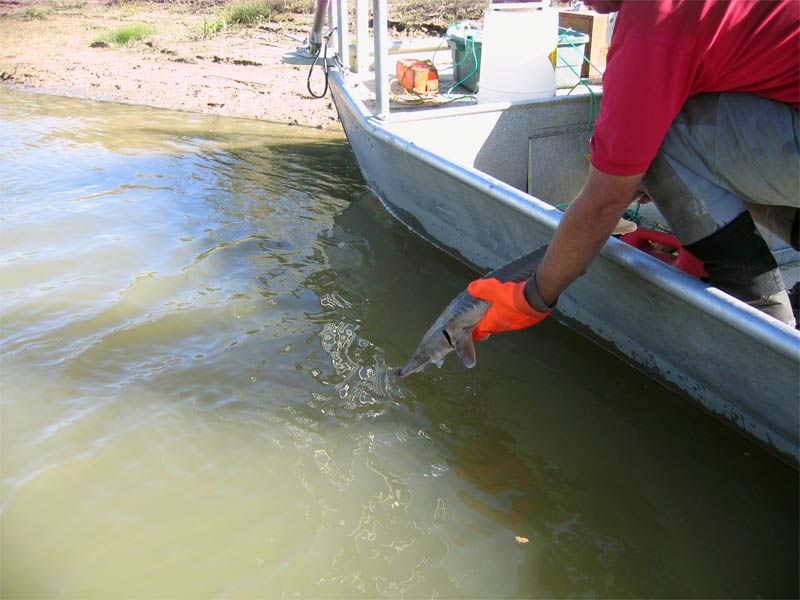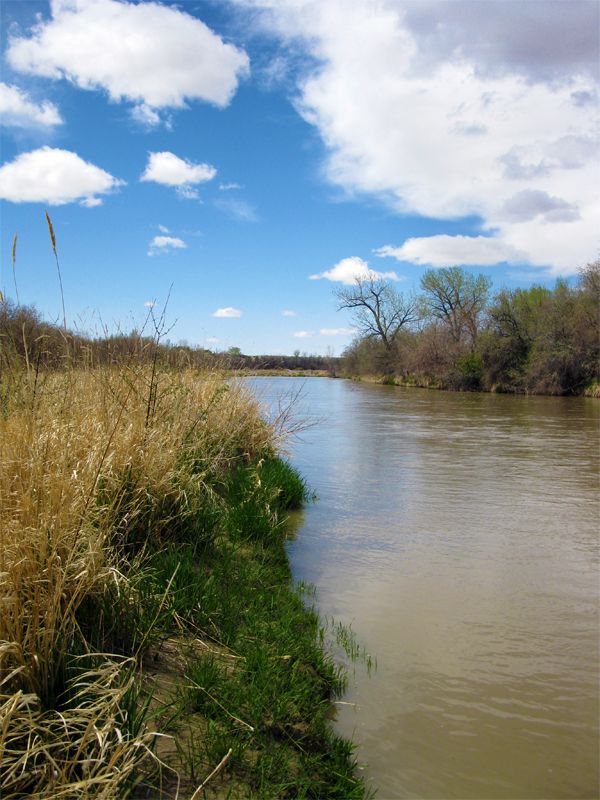Reconstructing the life histories of fish has been a challenging problem for fisheries biologists. Unlike terrestrial organisms, the aquatic environments fish inhabit make direct observations difficult. Traditionally, fisheries biologists have tracked fish using unique fin clips, tagging, telemetry, and use of food dyes that mark bony parts of fish that can be viewed using UV lighting. However, fin clipping requires a lot of man power and time, tags can be lost, telemetry can be expensive, time consuming, and only reveals what a few fish in a population have done, and food dyes may not work only to be revealed a year or more later when fish are sampled.
The discovery that the ear bones, otoliths, of fish can be used to reliably provide ages and that they record daily information about the water chemistry of a fish’s environment has advanced our ability to easily and inexpensively answer questions concerning life history movement patterns, natal origins, and even differentiating fish populations within a watershed.
These revelations have been guided by advances in elemental analysis that have revealed tight correlations between elemental water chemistry and the elemental chemistry measured in a fish’s otolith. Elemental water signatures are driven by geomorphology, particularly the type and age of the bedrock in a drainage or watershed. When fish move between tributaries or from main stem rivers into tributaries, as is the case with fish that migrate for spawning or in juveniles that drift or disperse down steam, and encounter waters with contrasting elemental signatures, a record of these movements is permanently recorded in a fish’s otolith. Advances in our abilities to measure the isotope ratios of these elements in otoliths and water as well as advances in sampling equipment, i.e. lasers, have exponentially increased the inferences biologists can make into describing fish life histories.
Contact
Scott A. Carleton, PhD
Wyoming Cooperative & Wildlife Research Unit
Dept. 3166, 1000 E. University Avenue
Laramie, WY 82070
scott.carleton@uwyo.edu
cell: (307) 399-4711
David Zafft, Fish Managment Coordinator
Wyoming Game & Fish Department
528 S. Adams
Laramie, WY 82070
david.zafft@wgfd.state.wy.us
office: (307) 745-4046
Project Lead
Scott Carleton has been a postdoctoral research scientist in the Cooperative Fish and Wildlife Research Unit at the University of Wyoming since 2009. His research interests are in applied fish and wildlife ecology. His current work utilizes stable isotope microchemistry of water and fish otoliths to reconstruct movement patterns, differentiate populations, and determine the natal origins for native sport fish in Wyoming. MORE »
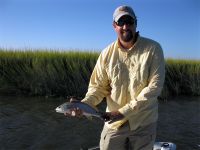
Timeline
This project began in July, 2009 and will be completed June, 2012
Funding & Partners
Wyoming Game & Fish Department

